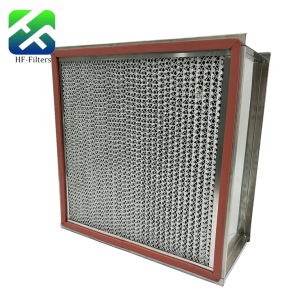Let’s keep this simple: a filter’s efficiency is just how well it clears those tiny particles out of the air. No fancy jargon here. And the main thing to remember? The higher the filter’s class, the smaller the particles it can snag—and the better it’ll work overall. Let’s go through each filter type one by one, and talk about how well each actually performs.
Primary Filters
Primary filters are all about grabbing the big stuff floating around—you know, like those little dust clumps or pollen you might see in sunlight. They aren’t super strong, though. Their efficiency usually lands between 40% and 60%. So if you just need to get rid of the bigger particles, these are totally fine.
Medium Filters
Medium filters are a step up from the primary ones. They can catch smaller bits—like bacteria or those tiny fungal spores—that primary filters might let slip through. Their efficiency is roughly between 60% and 85%, so they’re more dependable for picking up those tricky, mid-sized particles you can’t always see.
High-Efficiency Filters
Now we’re getting to the filters that mean business. High-efficiency ones are really good at what they do—their efficiency hits 99.9%. That means they can trap even super tiny stuff, including viruses. Chances are you’ve heard of HEPA filters—those are the most common kind of high-efficiency filters out there.
Ultra-High-Efficiency Filters
Ultra-high-efficiency filters, sometimes called ULPA filters, take things up another notch. Their efficiency is over 99.999%—that’s basically almost perfect for catching tiny particles. They can even trap bits as small as 0.1 microns. You’ll find these in places that need super clean air, like pharmaceutical labs or semiconductor factories.


From this breakdown, it’s pretty easy to see: each filter class works in its own way, and each is meant for specific spots or needs.
Just pick a filter that fits what you actually need, and you won’t just keep the air clean—you’ll also do a better job of keeping yourself healthy, too.

